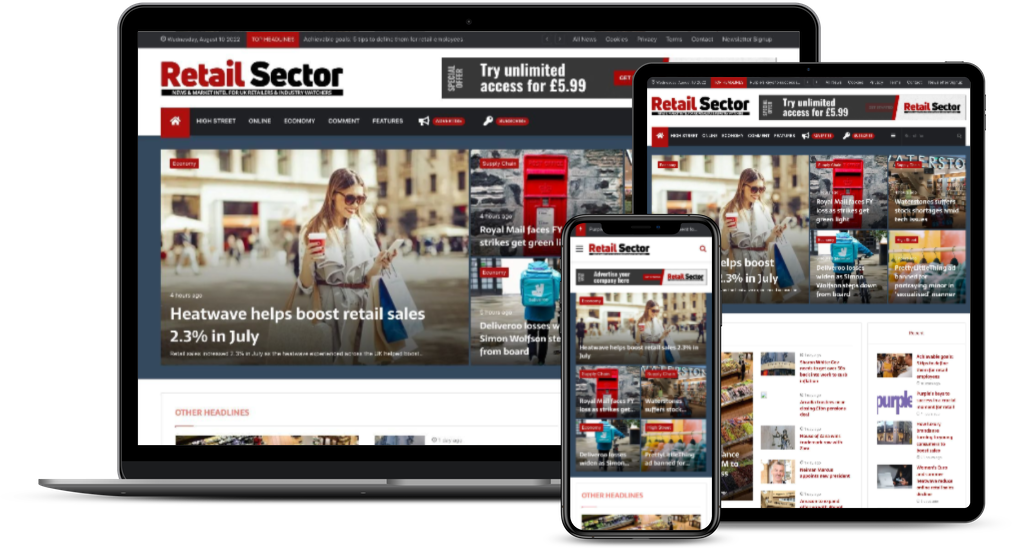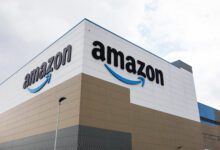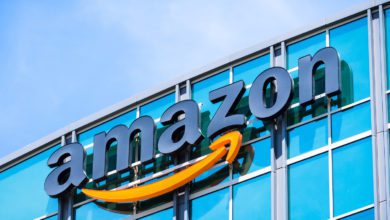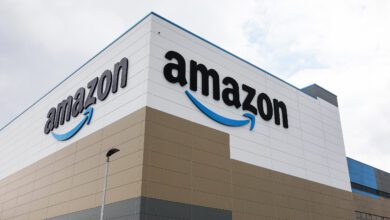Differentiating data, analytics and the insights that Direct-to-Consumer can provide to CPG’s

So, you’re considering going direct to consumer (D2C)? Or you’ve already embarked on the journey and are looking to maximise the value of the incremental data and insights D2C can provide? let’s take a look at some of the differentiating analytics and insights we can create.
I once asked the chief digital officer of a global multibillion-dollar CPG what the most important thing is to be successful in business. He said, “Own the relationships”, this is true across both B2B and B2C / D2C environments. If you want to be successful you must own and work on your relationships. D2C is the only model where CPG companies can better understand their consumers and truly own these relationships.
Your D2C data is the best consumer panel you will ever have, including the data from visitors who don’t actually make a purchase. The significance of many widely used consumer panels like Nielsen, Kantar or InfoScout can be questioned based on whether they provide true representation of, or overlap with, your target market. There is no better source than your own consumer data to understand your customers.
For example, you can use your D2C e-commerce website data to conduct faster and more accurate A/B tests, learn more about pricing, promotions, anticipate demand to better manage your business, optimally expand your supply chain network, find out optimal regional assortments, and test new product features and packaging.
Marketing spend optimisation
Optimisation is a very bold and often incorrectly used word in the world of marketing analytics. While advanced algorithmic attribution ‘models’ are developed to measure the impact of different marketing vehicles, most CPG’s and even retailers still use simpler, pre-defined models such as last click, linear, time decay etc.
It is important to understand the assumptions, data and analytical limitations of these models in order to better understand if your ROI measurements are trustworthy enough, or if shifting your marketing spend from one channel to another is a good decision or not.
A key advantage of digital and D2C is the increased ability to ‘trace’ trade and marketing dollars to subscriptions, purchases or even to repeat purchases. This brings about some confidence through measuring instead of being limited by ‘modelling’ when making financial decisions. Once you precisely trace the touchpoints, you can then build attribution models using accurate data as an input as opposed to TV or outdoor banner ads which don’t come with the guarantee of being truly noticed by your target audience.
The key challenge for most large CPG’s is to organise and access to this ‘path to purchase’ data even before embarking on building algorithmic attribution or other analytical models. Given most campaigns and activation data is collected by creative agencies, quickly accessing this data, integrating with internal data and acting on it at the speed of business becomes very challenging.
While many leading CPG’s are building integrated customer and data management platforms (DMP’s/CMP’s) to enable this, these initiatives can easily take years and building smaller, fit for purpose data marts can accelerate time to value significantly, and then can be re-used as part of a larger DMP/CMP down the road in my experience.
Imagine if you could trace 80% or even 100% of your marketing spend to purchases? This could mean a significant narrowing of spend on untraceable mass marketing media like TV advertising or outdoor banner ads without impacting growth. It also begs the question of whether TV and radio advertising really enable efficient reach these days. Even the definition of reach has changed given that most people now interact with mobile phones or other people, and simply ignore most TV ads.
Nearly 97% of consumers use online media to research and find products prior to making a purchase. While it may currently seem like a utopic dream in many developed markets like the US or UK, 80% traceable marketing spend is a reasonable range in markets like China. Here mass adoption of mobile technologies and QR codes have already closed most of the loops between the physical and digital worlds. This has enabled marketers to allocate their budgets with more reliable insights and drive significantly higher return on investment. In fact, in a 2016 survey of 200 retail marketing executives, 76% said digital advertising creates greater ROI compared to offline channels.
Subscription models
While better information can help create better customer experiences, subscription models, by design, make accurate demand sensing and forecasting at the consumer level comparatively much easier. Accurate knowledge of demand at the consumer level can reduce supply chain costs and avoid unnecessary marketing spend on loyal customers who will buy anyway.
“When we collect sufficient data from consumers, not only we can offer then the most suitable or favoured products, we can even tailor make products for each of our customers.” adds Danson Huang, head of royal canin D2C China.
Given the tremendous amount of direct consumer data, insights and higher margins it enables, a successful D2C model will eventually start to improve, transform and help optimise even the larger, traditional supply chain operations and trade channels of a CPG.
While CPGs are racing to go digital and D2C, Amazon did what initially looked like a contradicting move and got into bricks and mortar by acquiring Whole Foods in 2017. But do you think the strategic reasoning behind this was really to get into bricks and mortar retail? Hardly. Compared to most other popular e-commerce categories, groceries and fresh food purchases are more habitual and frequent, meaning they are more suitable to driving long term subscription models.
However, they require a stronger supply chain delivery network than Amazon had, in order to keep high customer satisfaction levels in large scales. Before Whole Foods, Amazon had about 70 fulfilment centres and US fresh grocery coverage was limited to only 5-6 cities. Now top that with over 470 more Whole Foods stores across the US and UK.
If you also consider their other potential delivery partners as well as the upcoming drone delivery capabilities, Amazon may soon enable very high customer satisfaction with groceries at a cheaper delivery cost on a very large scale.
Once you already have an established weekly or monthly delivery subscription, adding more regular or one-off items to that shopping list, or replacing them with an alternative that Amazon convinces you to try is a smart exercise. Keep in mind, Whole Food’s private label brand, 365, has built a significant market share within one of the most affluent grocery customer segments in the US market.
From this perspective, perhaps what Amazon is doing is not so different than what CPGs are doing by going D2C – increasing their margins with the brands and customer relationships that they own, and enabling this by using stronger supply chain models and partnerships than they currently have.
D2C transformation is upon the CPG and retail industries. The relationships between CPGs, retailers and consumers are changing, driving the need for re-alignment between trading partners and the value chain. As the D2C model matures, the market is ripe for many opportunities to create better customer experiences and loyalty, improve marketing, sales and supply chain efficiencies, and drive higher market share, sales and margins.
Sinan Gurman is the principal at Elixirr, business consultants who help transform strategy into practical execution for its clients






